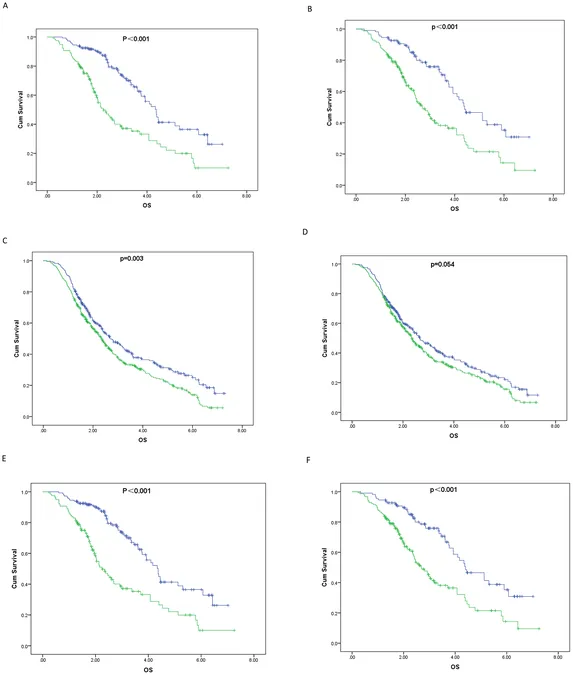
Unlocking Survival Secrets: How Simple Blood Tests Predict Lung Cancer Mortality
2025-05-23
Author: John Tan
Revolutionary Findings on Lung Cancer and Sarcopenia
In a groundbreaking study, researchers have unveiled a pivotal connection between routine blood tests and lung cancer outcomes, focusing on sarcopenia indices as surprising predictors of mortality in older patients. This insightful investigation concentrated on patients aged 60 and above, embarking on their first chemotherapy for primary lung cancer at West China Hospital, Chengdu.
The Study's Key Objectives
The primary aim was to determine if laboratory test-derived sarcopenia indices could accurately forecast mortality in this vulnerable demographic. By evaluating 926 participants over a median follow-up of 28 months, the research sought to uncover trends that could enhance patient care and treatment strategies.
What is Sarcopenia?
Sarcopenia, an age-related syndrome marked by muscle loss and physical decline, poses critical risks, particularly for older cancer patients. Its association with adverse outcomes, including survival rates, has garnered increasing attention in oncology.
Under the Microscope: Study Details
Data was meticulously collected through medical records, and survival outcomes were tracked via diligent telephone follow-ups. The study calculated three pivotal sarcopenia-related indices: the AST/ALT ratio, Neutrophil-to-Lymphocyte Ratio (NLR), and Platelet-to-Lymphocyte Ratio (PLR). These indices were then evaluated against mortality data using sophisticated statistical models.
Results That Shocked the Medical Community
Among the 926 lung cancer patients—predominantly male (71.5%) with a median age of 65—an alarming 60.8% succumbed during the follow-up. The findings uncovered that patients presenting an NLR of 2.88 or greater or a PLR exceeding 125.11 had significantly higher mortality risks, especially women who exhibited the most pronounced correlation.
The Implications of These Indices
These blood test indicators could serve as critical warning signs, facilitating proactive interventions and personalized treatment strategies in older lung cancer patients. The study emphasizes the practicality of utilizing such easily derived indices instead of complex, expensive imaging techniques.
Understanding the Biological Mechanics
Digging deeper, the relationship between NLR, PLR, and mortality stems from the dysfunctional immune responses and inflammation linked with cancer progression. Neutrophils and platelets seem to create a hostile environment that can exacerbate tumor growth and survival.
Future Directions and Considerations
This study opens up avenues for future research, including exploring the intersection of sarcopenia and immunotherapy, which has become increasingly relevant in cancer treatment. However, researchers caution the need for larger and more diverse cohorts to validate these findings.
Final Thoughts: A New Era for Lung Cancer Predictions
As lung cancer remains a leading cause of cancer-related deaths, these findings underscore the importance of accessible screening methods. The hope is to provide healthcare professionals with practical tools to better manage and treat lung cancer in older adults, potentially saving lives and improving patient outcomes.


 Brasil (PT)
Brasil (PT)
 Canada (EN)
Canada (EN)
 Chile (ES)
Chile (ES)
 Česko (CS)
Česko (CS)
 대한민국 (KO)
대한민국 (KO)
 España (ES)
España (ES)
 France (FR)
France (FR)
 Hong Kong (EN)
Hong Kong (EN)
 Italia (IT)
Italia (IT)
 日本 (JA)
日本 (JA)
 Magyarország (HU)
Magyarország (HU)
 Norge (NO)
Norge (NO)
 Polska (PL)
Polska (PL)
 Schweiz (DE)
Schweiz (DE)
 Singapore (EN)
Singapore (EN)
 Sverige (SV)
Sverige (SV)
 Suomi (FI)
Suomi (FI)
 Türkiye (TR)
Türkiye (TR)
 الإمارات العربية المتحدة (AR)
الإمارات العربية المتحدة (AR)